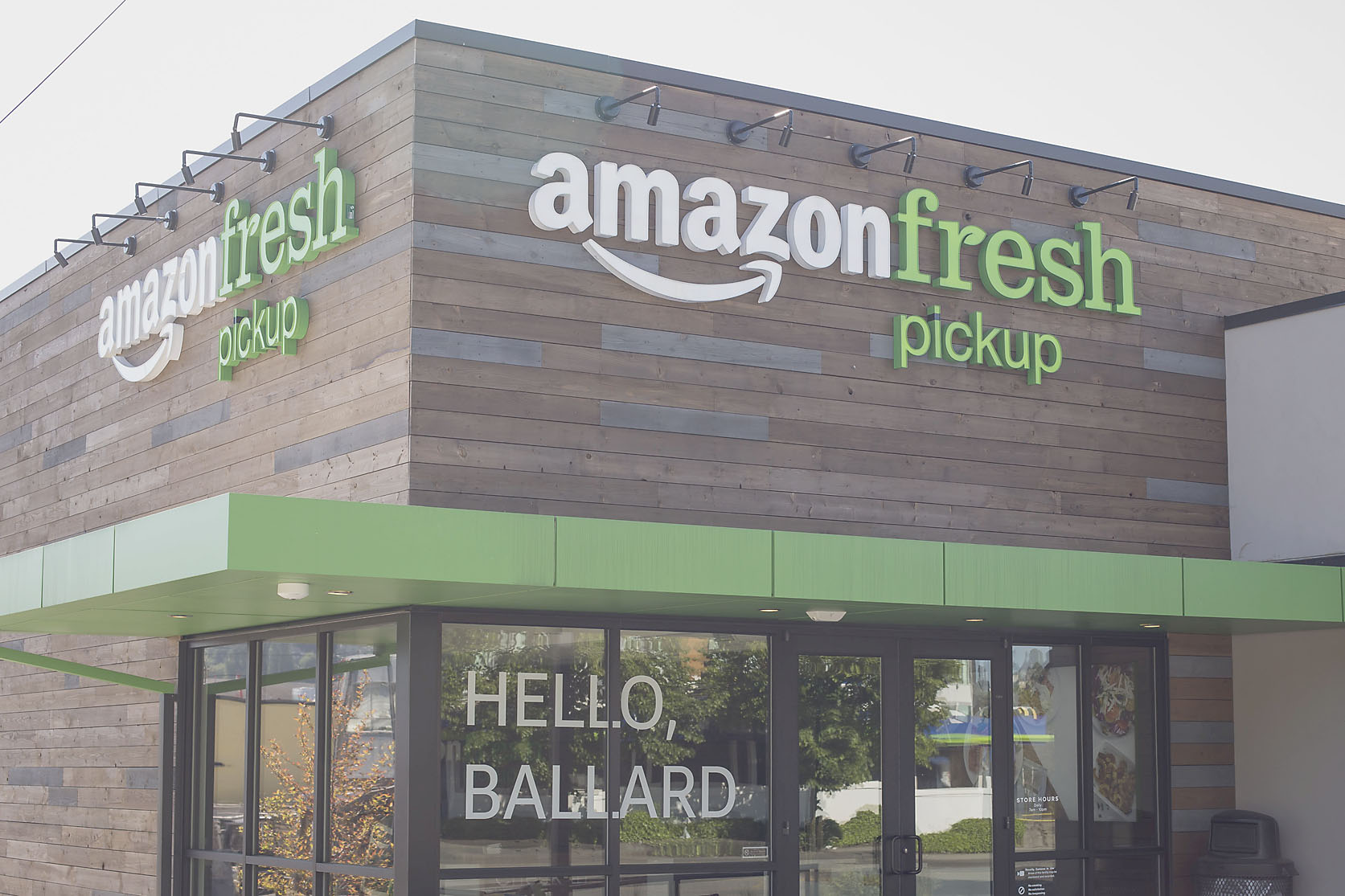A persisting puzzle about the U.S. economy is how it can seem both strong and weak. On the one hand, it remains a citadel of innovation, producing new companies like Uber. On the other, the economy is expanding at a snail's pace of 2 percent annually since 2010. How could both be true? Why isn't innovation translating into faster growth? The answer — or part of the answer — is that American businesses are running on two separate tracks. Call them the "youthful" and "middle-aged" tracks.
You can't miss youthful capitalism. The Googles of the world dazzle with their rapid innovation. Their dynamism is reassuring. Meanwhile, many less visible but more numerous older firms are treading water. They're struggling to generate higher revenues and profits from mature markets, while facing new competitive threats. It is arguably the firms running on the second track — middle-aged capitalism — that have dominated the economy since the Great Recession.
To be sure, America's business aristocracy has shifted. In 1995, the largest five firms by market "capitalization" (the value of a company's shares) were old-line businesses: Exxon, AT&T, Coca Cola, General Electric and Merck. By 2015, only Exxon (now Exxon Mobil) remained. The others were replaced by Apple, Google, Microsoft and Amazon. Still, middle-aged capitalism has slowed the recovery.



